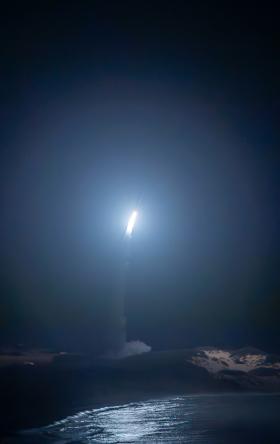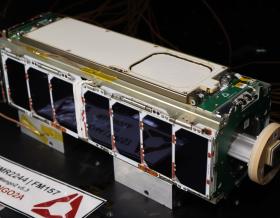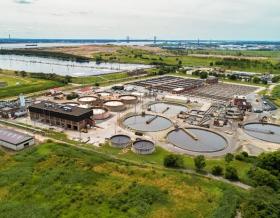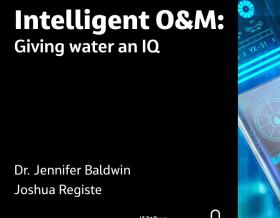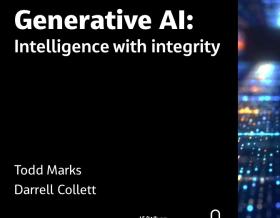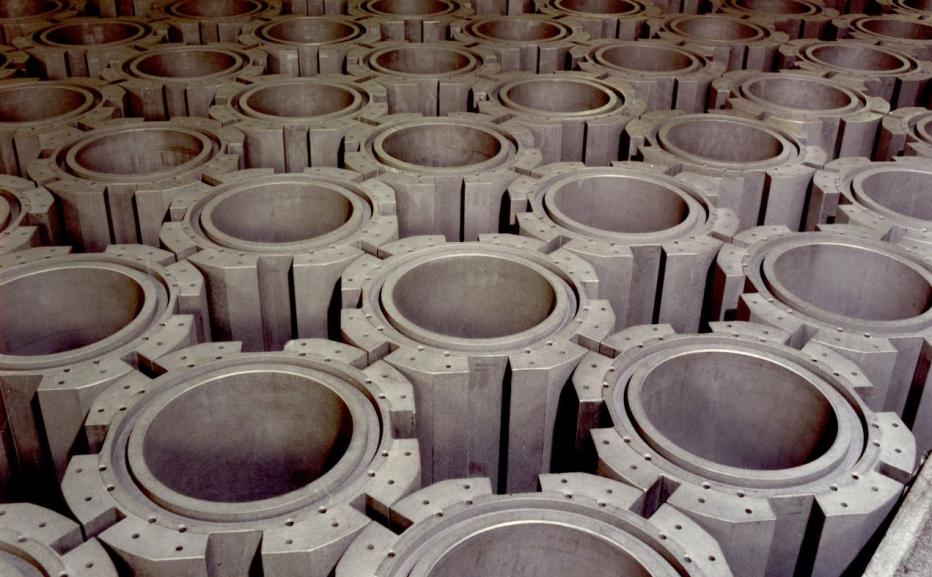
Supporting the transition to a cleaner, low emission electric future and tackling climate change, EDF is helping the U.K. on its journey to achieve net zero. Around a fifth of the U.K.'s electricity is generated by EDF’s eight nuclear power stations - helping power people’s homes and businesses.
What does graphite do in Advanced Gas-Cooled Reactors?
Graphite bricks are used in the core of the Advanced Gas-Cooled Reactors (AGRs) at seven of the U.K.’s power stations. Acting as a moderator, the graphite bricks reduce the speed of neutrons and allow a nuclear reaction to be sustained. They also perform an important safety function by providing the structure through which carbon dioxide gas flows to remove heat from the nuclear fuel. Each reactor core is made up of around 3,000 fuel bricks, each measuring 82 centimeters high, that are all connected together. The core has hundreds of vertical channels for fuel rods and control rods to be inserted.
However, as the graphite ages two main changes can occur - cracking and weight loss.
Cracking happens when the stresses in the graphite bricks change over time. On their own, cracks do not make a reactor unsafe. However, the reactor operator, EDF, needs to be able to show that the cracks will not change the shape of the channels where the fuel sits in a way that will stop the reactor from shutting down if there were an earthquake larger than the U.K. has ever experienced.
Weight loss happens over a long period of time and can affect the ability of the graphite to act as a moderator.
Jacobs is deeply engaged in the program of work to increase understanding of the cores' tolerance to damage as they age. This includes stress analysis modeling and damage tolerance modeling, as well as validating the results of these models using a range of bespoke test rigs installed at Jacobs’ U.K. nuclear laboratories in Birchwood Park, Warrington.
Thanks to this work and to continual monitoring and regular inspections, EDF has been able to show conclusively that the reactors can be shut down safely during normal operation and in the highly unlikely event of an earthquake.
This video provides an insight into the Dynamic Control Rod Drop Test Rig, one of the rigs built and operated by Jacobs in partnership with EDF.
The graphite program and other seismic work supports the U.K. fleet’s graphite safety cases and gives assurance to the regulator and other stakeholders of the continued safety of the stations.
Connect with us to learn more.






